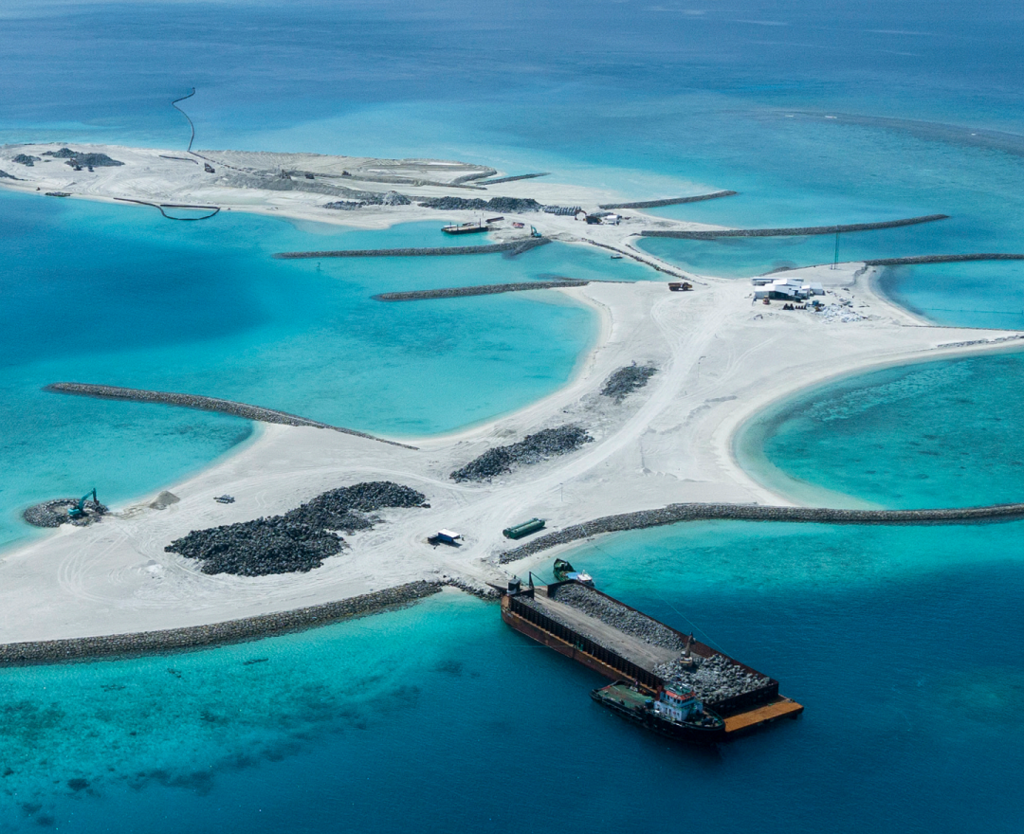Excerpt:
A deep dive into the rationale behind some of Asia’s reclamation projects, the toll they take on our environment and communities, and the search for more sustainable alternatives.
Reclamation is seen as a solution for countries to deal with increasing land demands, by expanding their territory and rehabilitating previously uninhabitable lands or seas. Yet, the process guzzles an alarming amount of sand, causing massive environmental damage as well as a rise of transnational criminal syndicates trading in illegal sand.
Coastlines, ecosystems, and entire populations are now facing adverse impacts due to increased sand-mining activity, with one of the major driving forces being land reclamation. This practice of creating new land at sea is often touted as a solution to urban expansion and climate change.
Historically, reclamation has been a cornerstone of development in many cities. Countries like the Netherlands and Japan have been reclaiming lands as early as the 15th century by building dykes and burying rocks.
While agriculture was the main driver for these early projects, land reclamation in Asian cities in the last three decades have been driven by rapid population growth and economic development characterized by construction of ports, airports, tourism infrastructure and eco-city development.
A recent study found that almost 2,500 sq km of land had been reclaimed in urban coastal cities (those with populations above one million) in Asia from 2000 to 2020.
It has been reported that a square kilometer of reclaimed land would require anything from 1.5 million to 37.5 million cubic meters of sand depending on the conditions, but ERC is not able to trace the source of this research.
Almost 90% of this artificial land was reclaimed in China alone, mostly concentrated in coastal cities like Shanghai, Tianjin and Ningbo, according to data from University of Southampton research fellow Dhritiraj Sengupta, who has been tracking coastal land reclamation worldwide…









